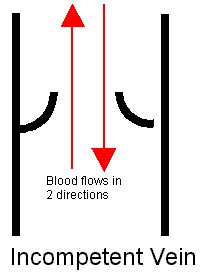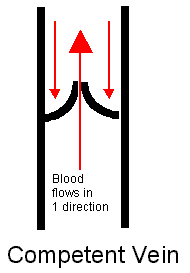Now, what does the D mean? It stands for DIPLOMATE (DPBU- Diplomate, Philippine Board of Urology). It is defined as an individual who has earned a diploma or certificate, especially a physician who has been certified by a specialty board (Mosby's Medical Dictionary, 8th edition. © 2009, Elsevier.). A person with a degree of higher education, a diplomate
Graduate education A physician who is board-certified in a particular specialty and holds a diploma from a specialty board. (McGraw-Hill Concise Dictionary of Modern Medicine. © 2002 by The McGraw-Hill Companies, Inc.).
Then we come to the F. It stands for FELLOW (FPUA - Fellow, Philippine Urological Association).
1) A physician who has attained specified credentials required for admittance to a professional organization.
2) A physician who enters a training program in a medical specialty after completing residency, usually in a hospital or academic setting.
(The American Heritage® Medical Dictionary Copyright © 2007, 2004 by Houghton Mifflin Company).
Here in the Philippines, each medical specialty has an accreditation body that is in charge of evaluating the training institutions as well as its trainees and graduates. Each training institution is evaluated based on the number of cases, beds, trainees (residents/fellows), equipment and instruments, educational material etc. For the residents, there is an annual evaluating exam also known as the residency in service exam.
To become a DIPLOMATE, one must be a graduate of an accredited training program before qualifying to take the diplomate exams. The type of exams as well as the time as to the eligilibility to take the exam varies on the specialty board. There are specialty boards that give written and oral exams while there are some that give written, oral and practical exams. After complying with the requirements and passing these exams, one is a certified diplomate and will be inducted by the specialty board.
To become a FELLOW, one must be a diplomate and then has to apply to the organization where the specialty belongs. Each specialty organization has their criteria for acceptance and the applicant has to submit the necessary credentials. Once the criteria is met and credentials have been reviewed and accepted, the applicant will be notified and will be inducted.
Oath taking led by Dr Nelson Patron, Chairman, Philippine Board of Urology at EDSA, Shangrila during the Philippine Urological Association Annual Convention, Nov 26, 2009
Members of the PBU (L-R) - Dr Ariel Zerrudo, Dr Jesus Benjamin Mendoza, Dr Eduardo Gatchalian
Oath taking
My diplomate certificate from the Philippine Board of Urology























